In the past decade, the world of design has been revolutionized by the emergence of Figma. Starting as a small and promising design platform, Figma has now become one of the most popular design tools on the market. This rise to fame has been propelled by its powerful features, intuitive user experience, and collaborative capabilities. It has become the go-to tool for designers in all industries, from web design to product design, as it allows them to create, collaborate, and iterate quickly and easily. In this article, we’ll explore how Figma rose to prominence and why it’s become the go-to tool for designers of all kinds.
Figma: The Leading Collaborative Design Platform
Figma is an all-in-one design platform that streamlines the design process from start to finish. It allows designers to take their ideas from sketches to fully-functional prototypes, all within the same platform. The Figma design tool combines the capabilities of a graphic design tool and a code editor, allowing designers to work at the speed of coding and create interactive prototypes within the platform. The platform also prioritizes collaboration, making it easy for designers to share designs with clients, stakeholders, and team members. With features such as version control, comments, and a built-in commenting system, designers can work together seamlessly and keep track of changes made to designs. Figma goes beyond just being a design tool, it’s a complete workflow solution that enables designers to be more efficient and productive. Additionally, Figma is accessible from anywhere, so designers can work on their designs from anywhere, at any time.
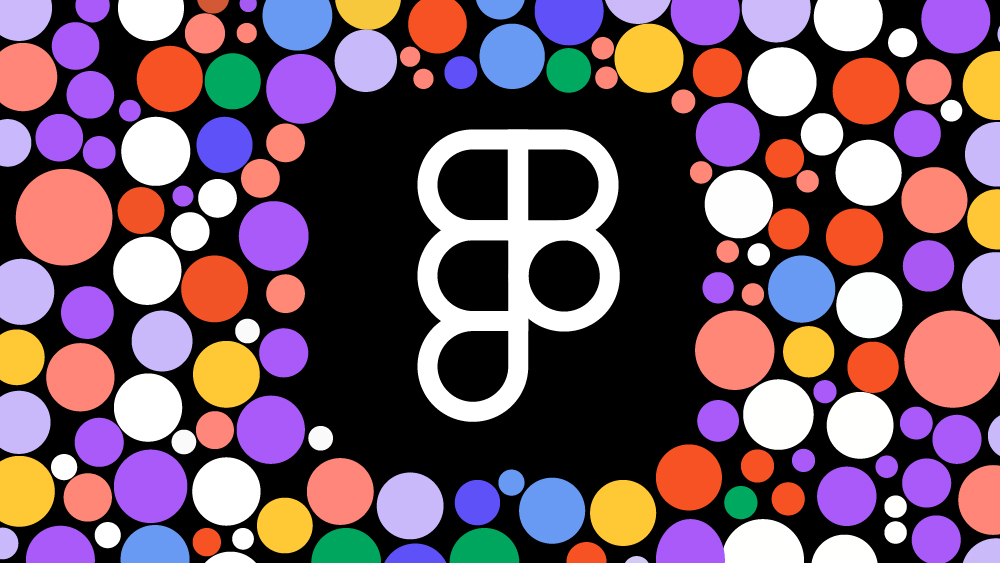
Figma’s Rise To Prominence
Figma’s ascent to being a leading design tool started with its launch in 2015. Back then, Figma was a small yet promising design platform that aimed to shake up the design tool industry. The company behind Figma, Figma Inc., had an ambitious goal for their product: to be the preferred design tool for all design fields. By 2017, Figma had made significant progress towards this objective and had become one of the most widely used design tools. This sudden rise to fame was fueled by its robust features, user-friendly interface, and collaboration capabilities. Designers of all types, including web and product design, chose Figma as their go-to tool due to its ability to enable quick and easy creation, collaboration, and iteration.
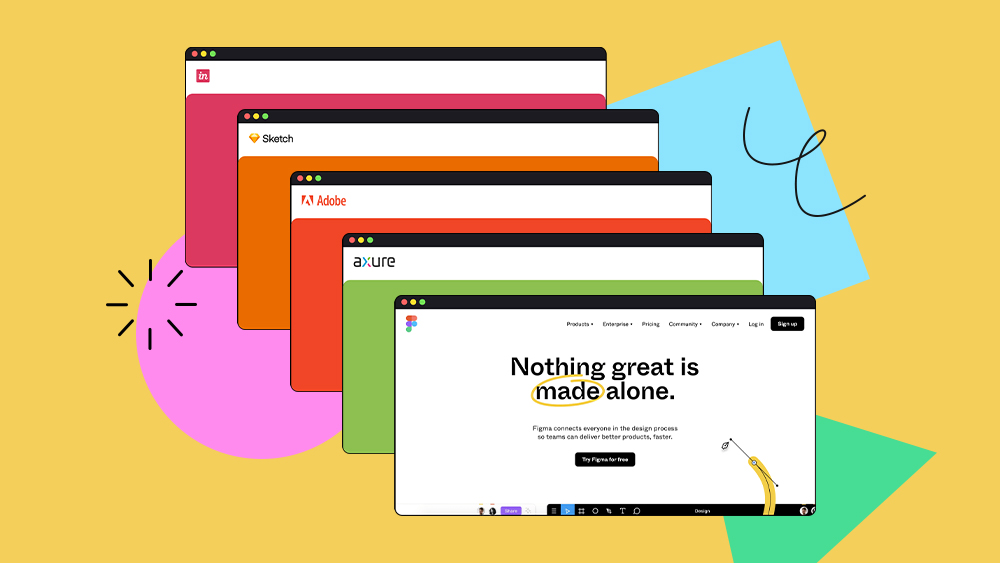
Figma’s Rise To The Top With Powerful Features
Figma’s prominence in the design industry is due to its powerful features. A key aspect is the ability to create realistic and interactive prototypes, giving clients a clear visualization of the final product and minimizing the chance of miscommunication. Its collaboration features allow for seamless team work, with version control and commenting for organized project management. The asset library feature enables designers to save and quickly reuse elements such as text, images, or logos, streamlining their design process.
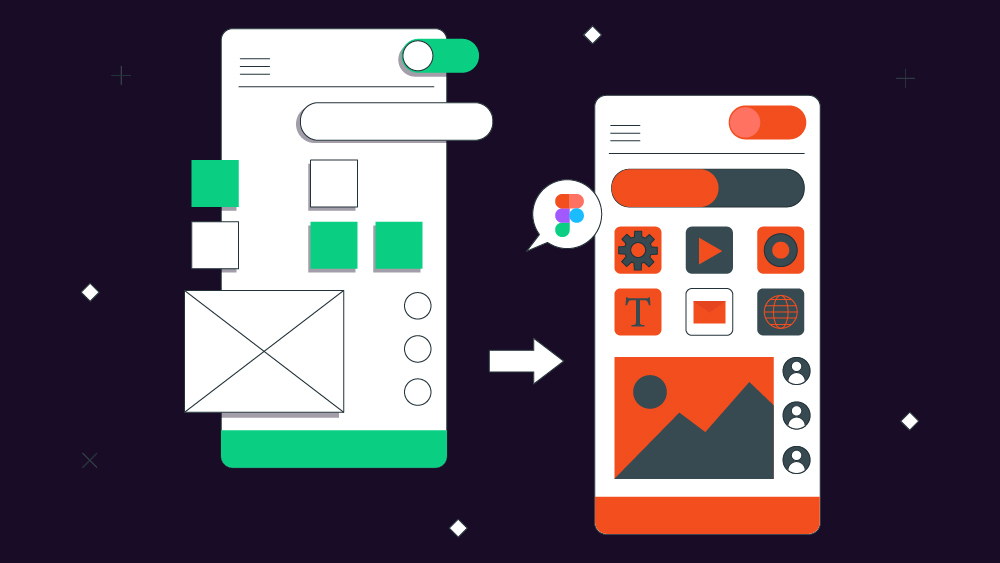
Figma Enhances Designer Collaboration
Figma’s advanced features extend beyond its capability for creating prototypes. It facilitates seamless team collaboration through its version control system, recording changes made and who made them. This results in a more organized and efficient project management. Figma also includes a feature allowing designers to create libraries of commonly used assets such as text, images, or logos, saving time and resources in future projects. Real-time communication is facilitated through Figma’s built-in chat function, enabling teams to exchange ideas, provide feedback, and collaborate on designs with the same tool.
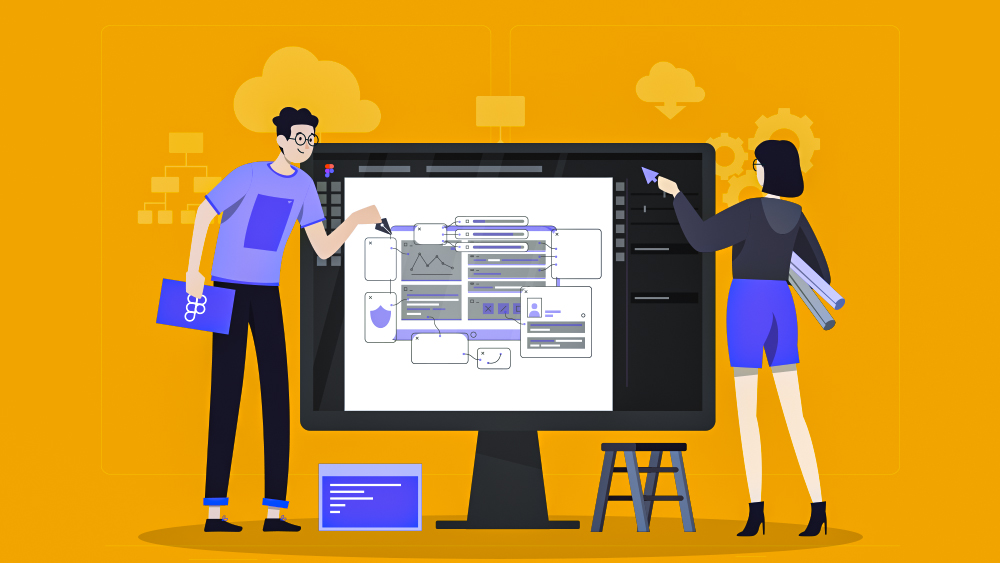
Figma’s User-Friendly Interface
Figma’s user-friendly interface is a key factor in its success in the design industry. The design tool features a simple, intuitive interface that allows designers of all skill levels to create stunning designs, prototypes, and mockups. The interface is fully customizable, enabling designers to tailor their screens to meet their specific needs and streamline the design process. With built-in features like a library of design elements, fonts, and textures, Figma eliminates the need for extensive technical knowledge, allowing users to focus on their creativity. Additionally, Figma’s accessibility from any location makes it an ideal solution for remote teams.
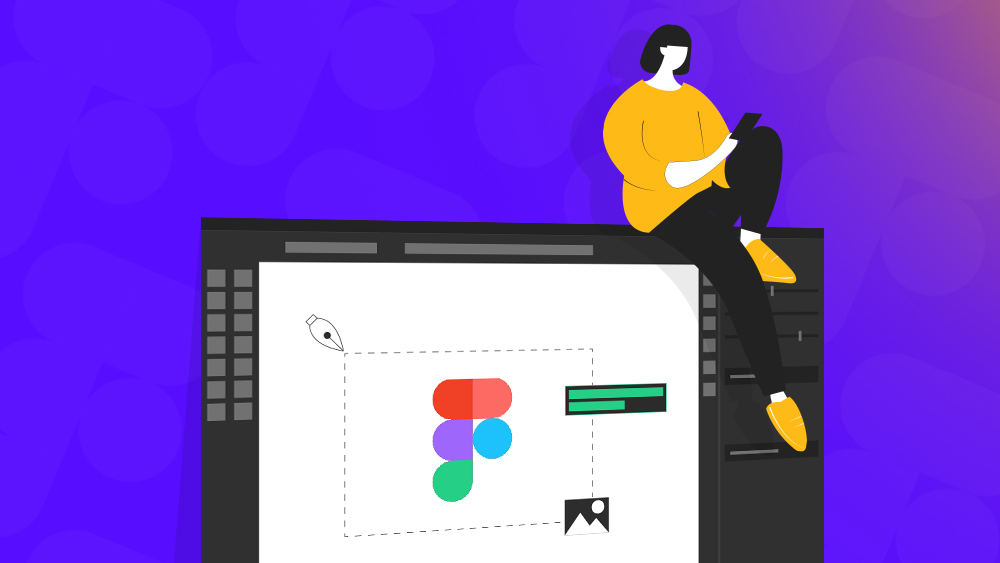
Exploring Figma’s Amazing Plugins
Figma’s user-friendly interface and powerful design features are just the tip of the iceberg. One of Figma’s best kept secrets is its plugins. Figma plugins are tools that add extra functionality to Figma, allowing designers to streamline their work and save time. Figma plugins offer a variety of features, from auto-layouts and UI kits, to wireframing and prototyping tools. Figma plugins can be installed with just a few clicks and don’t require any coding knowledge. This means that designers of all levels can take advantage of these powerful tools. With the growing number of Figma plugins available, it’s easier than ever to add even more capabilities to Figma and streamline your design process.
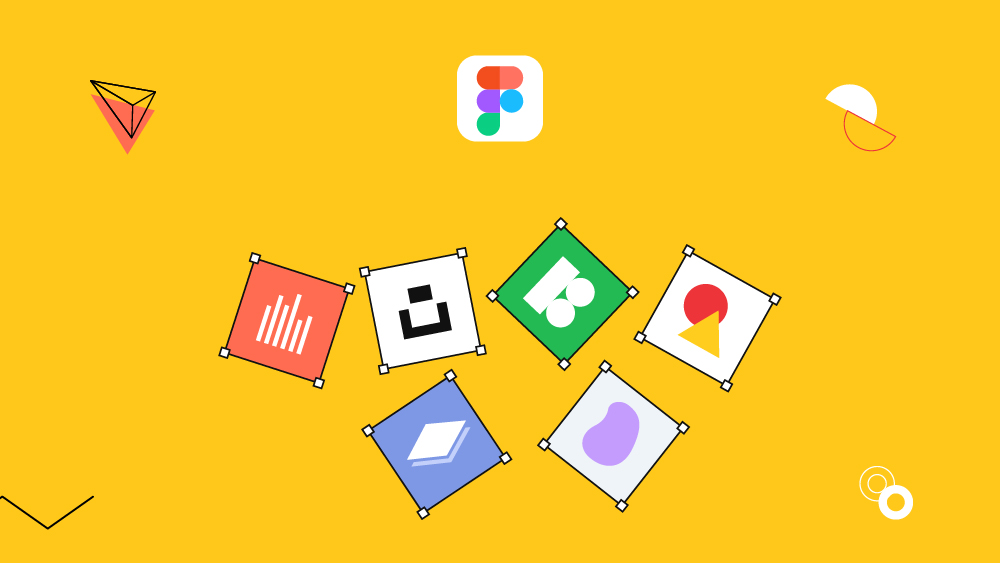
Figma And Figjam: Enhancing Design Collaboration
In addition to its robust design features, Figma also offers a unique and innovative feature called Figjam. Figjam is a real-time collaboration feature that allows multiple users to work on the same design project simultaneously. It’s a whiteboarding tool that enables designers to sketch, brainstorm, and share ideas in real-time. This makes Figjam an invaluable tool for teams who want to work together and generate new ideas quickly. Figjam also makes it easy for teams to share their work with others, as all changes made in Figjam are automatically synced to the Figma file. With Figma and Figjam, designers can streamline their workflow, save time, and bring their creative ideas to life more efficiently.
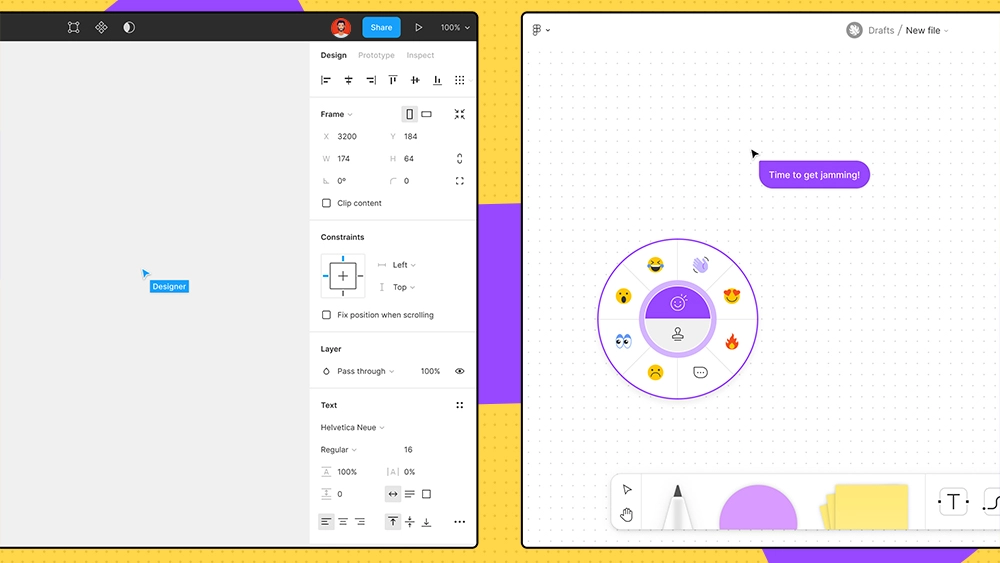
Uses Of Figma Across Different Industries
Figma is widely used by designers across various industries, including web design, product design, creative design, and marketing design. Web designers utilize Figma to create and refine website mockups and prototypes. Product designers use it to create product mockups and interactive user journeys. Creative designers use it to bring their designs to life. Marketing designers use Figma to create marketing content mockups and collaborate with clients to ensure the desired message is conveyed. Figma’s versatility allows designers to efficiently bring their ideas to life, no matter the industry.
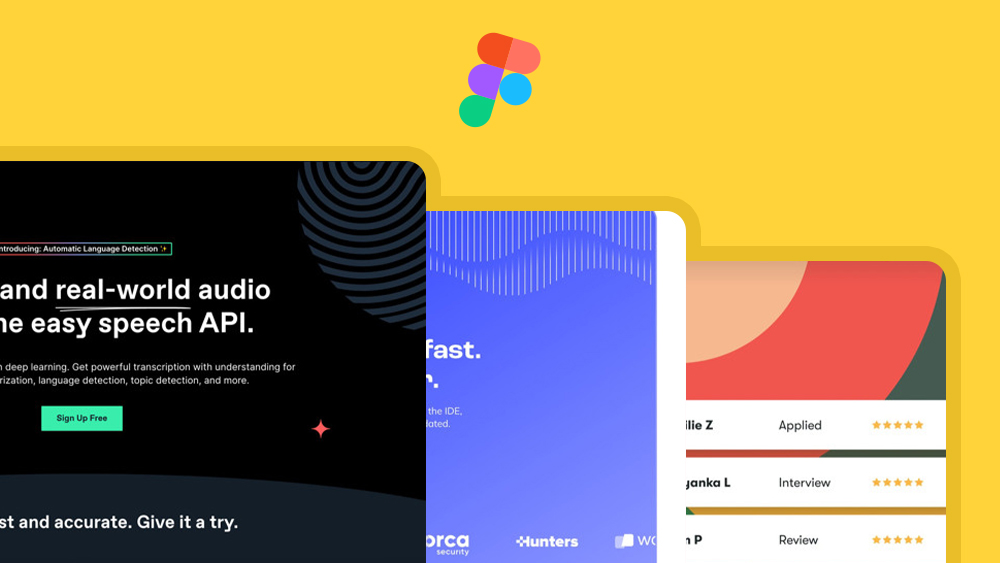
Figma’s Significant Influence On Design World
Figma has made a significant impact on the design world. The tool revolutionized the work of designers by enabling them to design and collaborate remotely. The prevalence of Figma has made it easier for designers to find opportunities, as many businesses now utilize Figma for talent scouting. The rise of Figma has empowered designers to bring their creative ideas to life with the use of a versatile and accessible tool, facilitating their work regardless of location.

Getting Started With Figma
Figma is a design tool that’s available both as a desktop application and a web application. The desktop application is available for both Mac and Windows, while the web application can be accessed through any browser. Figma allows users to access their designs from anywhere. Once you sign up for a free Figma account, you can start using its design features right away. There are several different ways in which you can use Figma, including creating mockups, designing UI/UX designs, creating libraries of assets, and collaborating with fellow designers. Figma also offers paid plans, which come with several added features and services, including unlimited collaborators and larger file sizes.
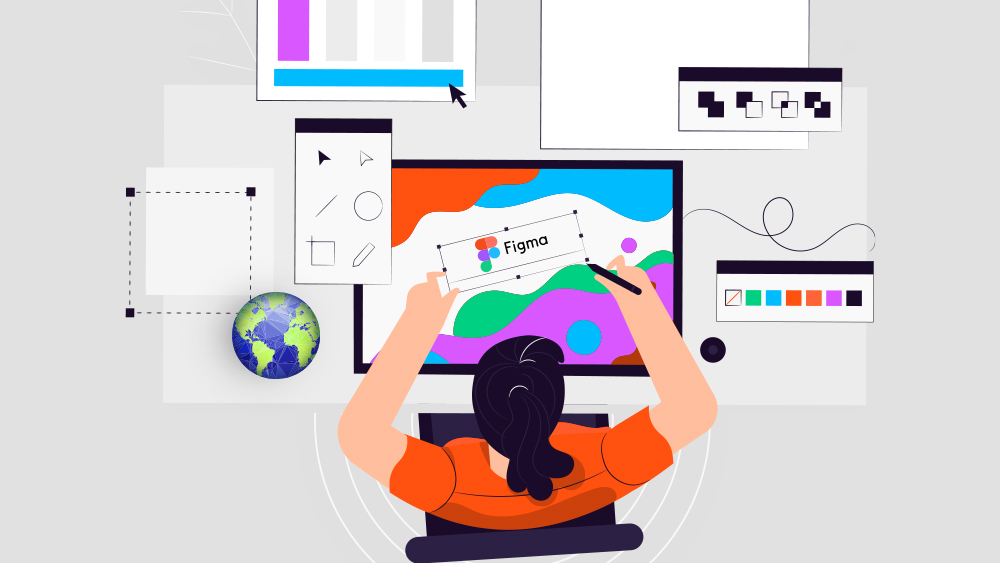
Figma has revolutionized the design industry over the past few years, providing designers with a powerful design tool that’s accessible anywhere. Designers can use Figma to create mockups, interactive prototypes, and more, allowing them to collaborate with one another in real-time. With its intuitive user experience and powerful features, Figma has become the go-to design tool for designers in all industries. Its rise to prominence has been propelled by its powerful features, intuitive user experience, and collaborative capabilities.